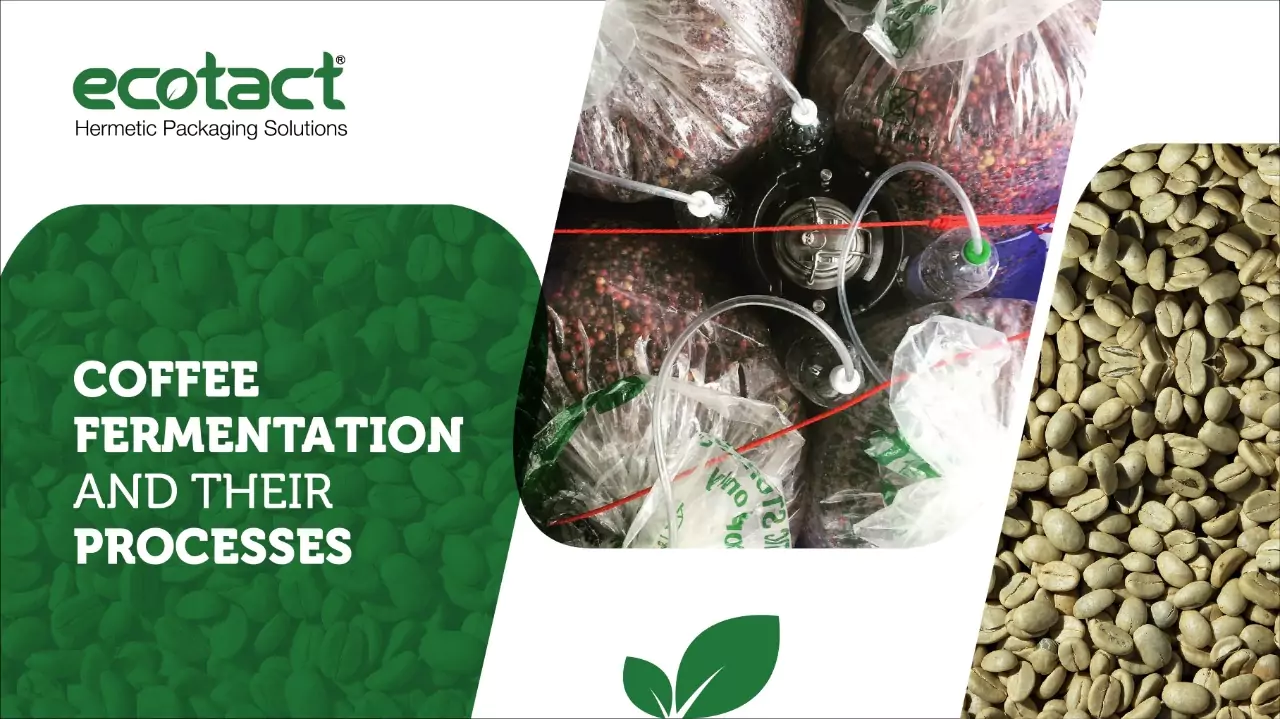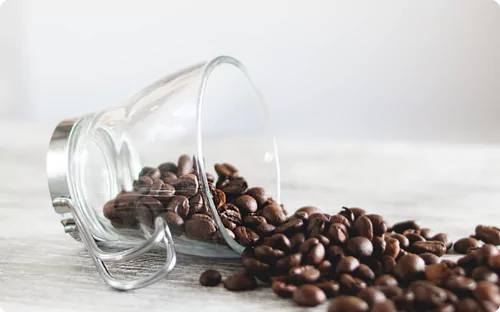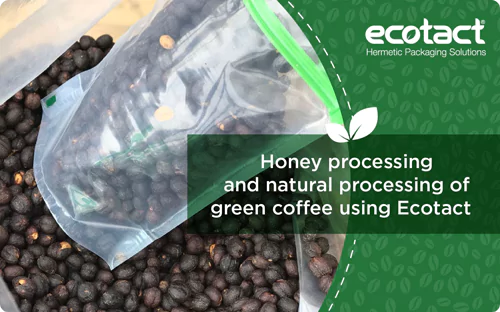Curious about knowing coffee fermentation and what differentiates cultured coffee from the rest? It’s time to quench your brewing curiosity. Let us first understand the basics of coffee fermentation process.
Fermentation is a chemical reaction. The combination of yeast, bacteria, and other microorganisms causes a substance to break down into other simpler substances. Normally, the substances that get broken down are sugars. As this happens, they tend to release heat. Also, different kinds of enzymes can catalyze this event.
Or, to put it more simply, fermentation is a natural change that happens when you put sugar and water together – and coffee cherries are full of both. And so, just after the cherries are picked (or sometimes before, depending on the humidity), the fermentation process will start.
Fermenting coffee is a key part of post-harvest coffee processing. It can happen in one of two ways:
Aerobic:
This is what happens when oxygen is available. Engineering this kind of fermentation is simple. For the washed coffee production, the time period when pulped coffee is macerated — usually in open-air tanks or buckets or now in food-safe Ecotact hermetic bags, the process is known as aerobic fermentation. It is a traditional method of fermenting and farmers use this method for removing the sticky fruit mucilage from the parchment-covered coffee seed. The changing flavor although important, is most of the time secondary to getting rid of the fruit sugars and pectin. The time period allocated for aerobic fermentation is 12-24 hours. If the temperature is heightened, fermenting for 12 hours suffices.
Anaerobic:
In general, anaerobic means oxygen-free. When coffee farmers use this word, they usually mean they’ve created a sealed environment.
Now let us understand how to ferment coffee in an Ecotact bag.
- Typically the coffee is pulped as usual and then the beans with mucilage and the parchment with mucilage are placed into hermetically-sealed airtight food-safe Ecotact plastic bags with a valve to allow for off-gassing.
- Place the Ecotact bags in cold water to avoid bacteria.
- As the fermentation begins the levels of Oxygen diminish and the Carbon dioxide increase, creating pressure in the strong expandable airtight Ecotact bags.
- This style of fermentation may extend the traditional timeframe of 12-24 hours by hours or even days in some cases and long enough for the mucilage to be consumed, but not so long that alcohol is produced.
- After 12 hours the pH needs to be constantly checked or controlled to determine how the fermentation is progressing. Measuring the Brix of the coffee from time to time may help too.
- Typically, the fermentation process can be stopped when Brix drops to 16 °Bx. The pressure created by the carbon dioxide allows the flavors of the coffee juices to be injected into the parchment. Once the fermentation has concluded the Ecotact bags are opened carefully, and the fermented coffee beans are taken out.
- The coffee variety is then sun-dried for at least 4 hours, otherwise, the fermentation might continue and the flavors may change.
So, what’s the difference? The anaerobic processes are more homogeneous and easier to monitor, and the aerobics are more heterogeneous and more complex to monitor.
Also keep a note to assess the behavior of the fermented coffee beans under the given environmental conditions like temperature, coffee variety, humidity, pH, homogenous harvesting etc..
A Word of Caution
Anaerobic fermentation of coffee is just one of a number of interesting innovations occurring on forward-thinking farms. These types of progressive and experimental practices can encourage creativity in an industry frequently reliant on tradition, and provide market differentiation for producers seeking liberation from C-market prices.
 French
French
 English
English Spanish
Spanish


